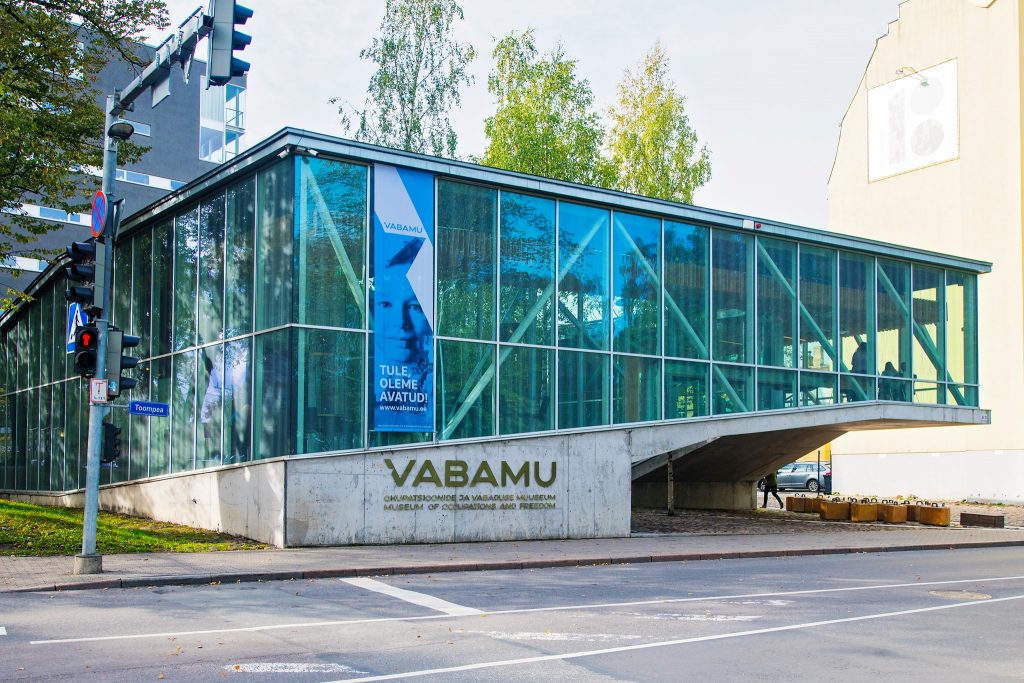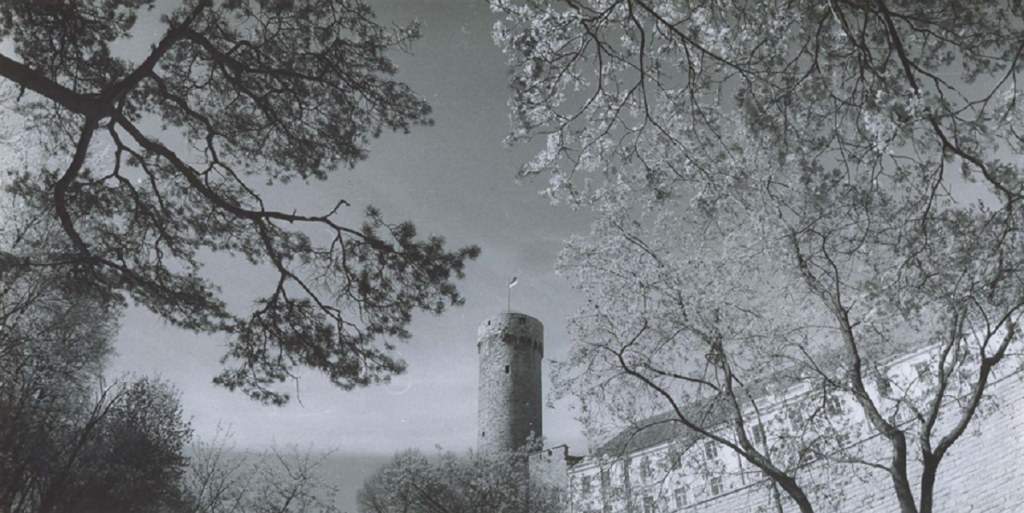On 22 September, Estonia commemorates the day in 1944 when the Soviet Union for the second time occupied the country and stayed for almost 50 years – the day that’s now known as Resistance Day.
On 22 September 1944, the Soviet Army entered the Estonian capital, Tallinn, claiming it was liberating it from the Nazi German occupation. For decades under the Soviet occupation, it was celebrated as liberation day. This, however, cannot be farther from the truth. In fact, the day the Soviets re-entered Tallinn, there were no German troops in the city – they had already retreated and the city didn’t need “liberating” at all.
In fact, after the Germans had left, the acting president of Estonia, Jüri Uluots, appointed to office the government of Otto Tief. This government adopted a resolution on the restoration of the independence of Estonia and remaining neutral in the war. Despite this, the Red Army violently replaced the blue, black and white flag of Estonia on top of the Tall Hermann Tower with the red flag of Communism on 22 September 1944.

The resistance, which started in the first year of Soviet occupation, and the fight for a free and democratic Estonia continued in various forms until the restoration of the republic’s independence in 1991.
A new exhibition at the Museum of Occupations
According to Keiu Telve, the director of the Vabamu Museum of Occupations and Freedom, the importance of the resistance that lasted throughout the Soviet era cannot be underestimated. “Many Estonians remained true to the ideal of our own independent state throughout the Soviet era and hoped that independence would quickly be restored,” she said in a statement. “For half a century, Estonians found the courage to stand up against the ruling powers, and it is the enormous contribution of these people that we celebrate on Resistance Day.”
On Resistance Day, the Vabamu museum opened an exhibit at the museum’s Freedom Hall about the meeting and demonstrations organised by Estonians in exile during the World’s Fair Expo 1967 in Montreal.

The Soviet Union participated in the Expo 67 with Soviet pavilion, where they had a special day for representing Estonian SSR. On the 21 May 1967, Estonians in exile held a meeting with singers, gymnasts and folk dancers.
Moscow to celebrate the “liberation” with fireworks
The consul of the Republic of Estonia in Canada, Johannes Ernst Markus, wrote in the brochure for the event: “May the performances demonstrate the unremitting demand of Estonians for freedom for their native country, Estonia, now under the illegal occupation of the Soviet Union, and bring to the attention of the Free World the ultimate hope of the Estonians in Canada – a Free, Independent, and Democratic Republic of Estonia.”
Even though the Soviet Union doesn’t exist anymore, the myth of it “liberating” Tallinn persists on the Kremlin’s propaganda channels. This year, the issue has been raised mainly in connection with the Kremlin’s plan to hold a firework display in Moscow to mark the 75th anniversary of the event. In addition, the Russian Federation is planning to hold other fireworks displays to celebrate the “liberation” of other European cities, all of which also fell under the Soviet occupation (or sphere of influence) rather than liberty.
Cover: Tall Hermann Tower in Toompea (Vabamu).

